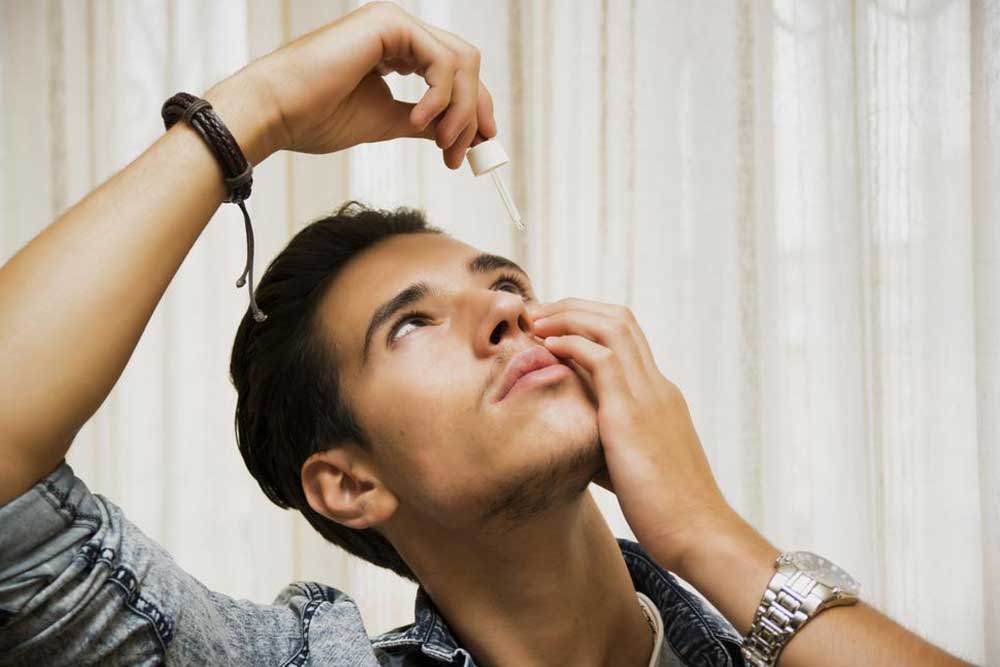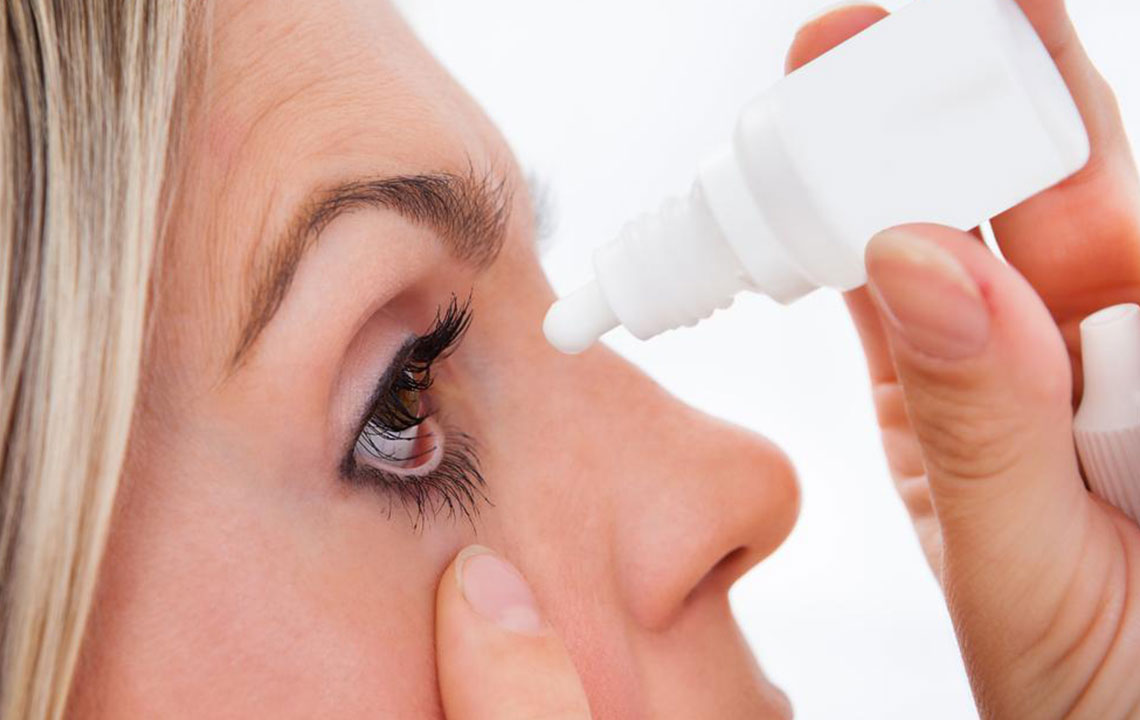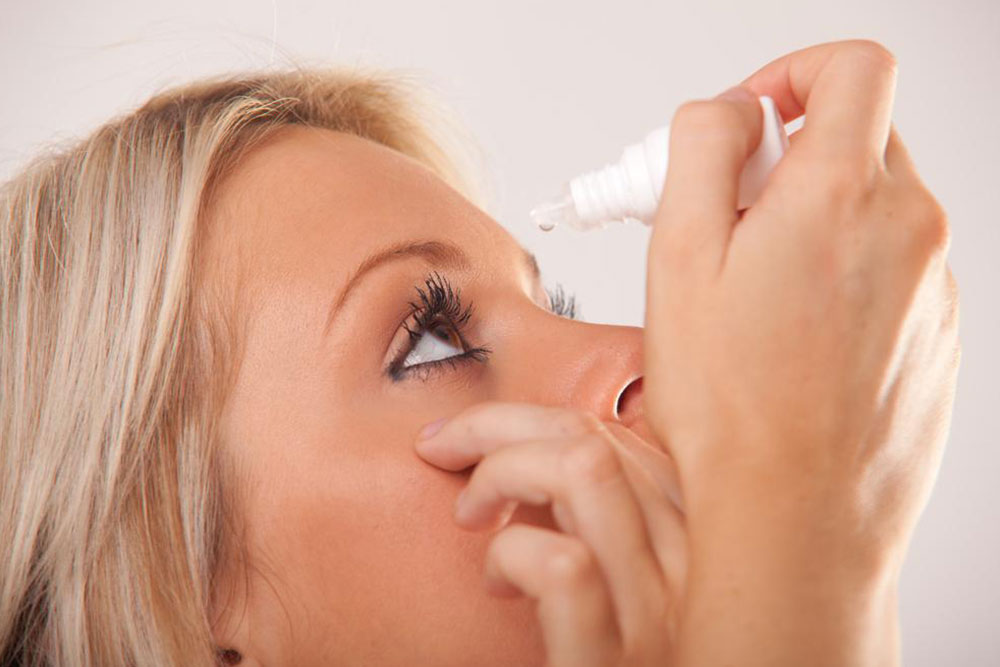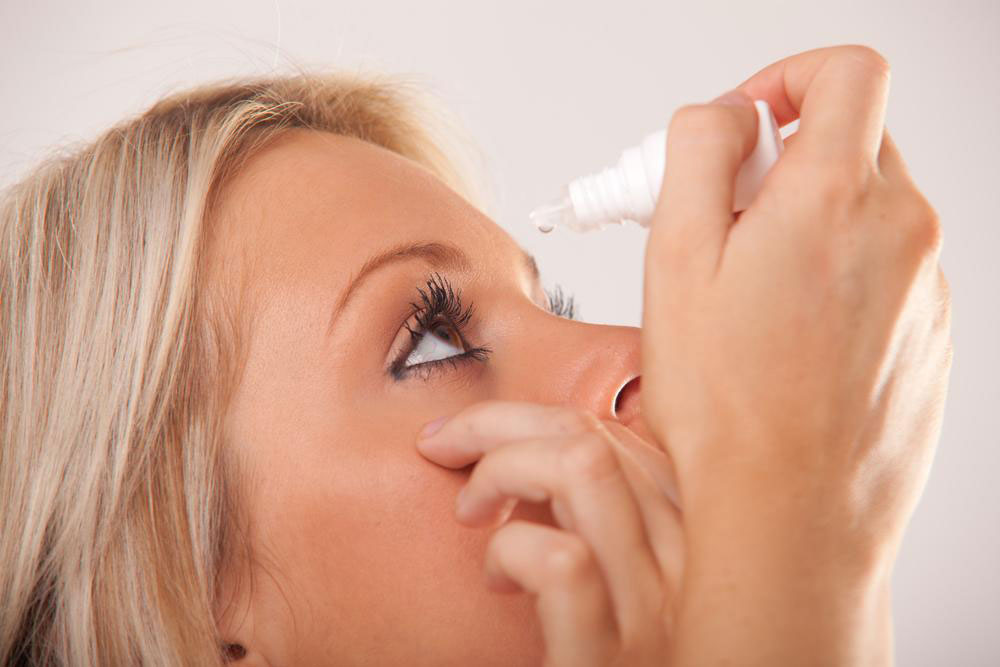Understanding Dry Eye Syndrome: Causes, Symptoms, and Remedies
This article offers a comprehensive overview of dry eye syndrome, covering its causes, common symptoms, and effective treatment options. Learn how tear imbalances, aging, and health issues contribute to dry eyes, and explore remedies like artificial lubricants and punctal plugs. Proper understanding and timely intervention can ease discomfort and protect eye health.
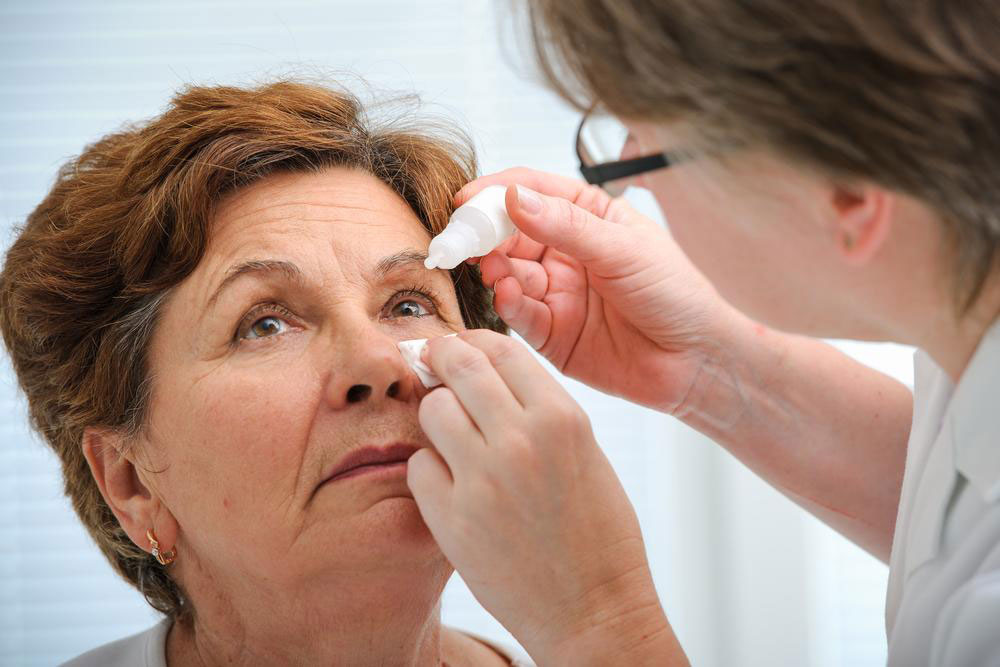
Understanding Dry Eye Syndrome: Causes, Symptoms, and Remedies
Experiencing persistent itchy or gritty eyes? You could be dealing with dry eye syndrome, a condition where insufficient tear production leads to dryness and irritation on the eye surface. Also known as dry eye disease, keratoconjunctivitis sicca, or dysfunctional tear film, this issue arises from multiple factors beyond just inadequate lubrication. Let’s explore the causes, symptoms, and treatment options for dry eyes.
Primary Causes of Dry Eyes
One key factor is an imbalance in the tear production and drainage system.
Additional causes include:
Breakage of the tear film layer
Impaired eyelid closure preventing proper tear distribution
Health conditions like collagen vascular diseases affecting tear creation
Aging factors, such as menopause in women
These are common reasons behind chronic dry eyes affecting many individuals.
Identifying Symptoms of Dry Eyes
Common signs encompass itchy, red, and burning eyes, along with sensations of heaviness, soreness, fatigue, or blurred vision. Increased light sensitivity (photophobia), foreign body sensation, and watery eyes are also typical symptoms that warrant attention.
Available Treatments for Dry Eyes
If your symptoms align with the causes discussed, prompt treatment is essential. Several options can alleviate discomfort and improve eye health, including:
Artificial Tears and Lubricants: Over-the-counter eye drops or ointments can restore moisture, especially during the daytime or overnight, protecting your eyes from dryness.
Punctal Plugs: If tear production issues are identified, doctors might recommend temporarily blocking tear ducts with special plugs to retain moisture. In some cases, permanent plugs are used for long-term relief.
These strategies help manage dry eye symptoms effectively. Consulting an eye care specialist can help determine the best course for your condition.

